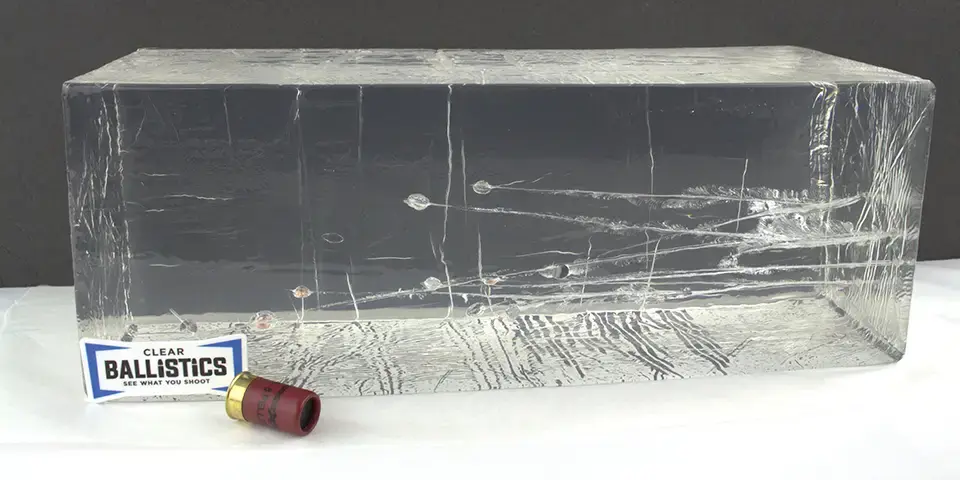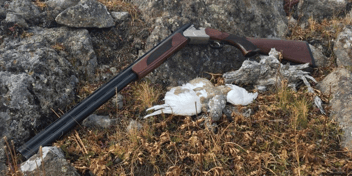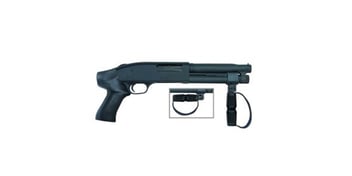
The 10-gauge shotgun has become largely obsolete, with improvements in 12-gauge ammunition, particularly 3” and 3-1/2” shells, playing a significant role in its decline. As 12-gauge ammo evolved, the need for a heavier, harder-recoiling 10-gauge diminished. However, the opposite end of the spectrum—smaller, lighter shells—has seen innovation with the introduction of the Minishell by Aguila in 1998, offering 1-3/4” shotshells designed to deliver lighter payloads without requiring a sub-gauge shotgun.

Minishells were initially intended for break-action shotguns, but soon, pumps that could cycle them without modifications hit the market. Mossberg’s 590S series tops the list and is available in multiple configurations, even to include a shockwave version. While some believe that reduced recoil is the only advantage of these smaller shells, a deeper look suggests that there’s more to them than meets the eye. Although muzzle energy is lower, a significant portion of this energy still reaches the target, potentially making them effective for both self-defense and hunting.
To explore the potential of these Minishells, I conducted tests with various 1-3/4” shells compared to their full-length counterparts, using a 20” Mossberg 590S. This shotgun was ideal for testing due to its ability to cycle both shell lengths without an adapter, and its interchangeable chokes, with an improved cylinder providing a balanced testing environment. Furthermore, when fed a strict diet of minishells, the gun holds a total of 14 rounds (13+1) while retaining a conventional shotgun footprint.

I began with Aguila’s #7.5 shot, a versatile load suitable for both clays and small game. Despite the Minishell’s lower muzzle energy—about half of the full-length shell’s—their accuracy remained impressive, with barely any reduction in pellets hitting the target. This suggests that Minishells could be a practical choice for faster follow-up shots in the field and for reducing the weight of your shell caddy.
Next, I tested Federal’s #8 Shorty against their Top Gun shell. Despite a slight reduction in velocity due to the shorter barrel of the Mossberg 590S, the Shorty’s muzzle energy was still ¾ that of the standard round, with a similar recoil feel. The pattern density and target hit rate were nearly identical, making the Shorty a viable alternative, especially for high-volume shooting like dove hunting.

Moving on to #4 buckshot, I compared Federal’s Shorty and Power-Shok shells. The Shorty, with fewer pellets, produced about half the muzzle energy of the full-length shell, which could be a concern for home defense. However, it still delivered three times the energy of a 9mm Luger, making it a reasonable trade-off for increased capacity and reduced recoil.
For a more direct comparison, I tested Federal’s Force X2 Shorty and 2-3/4” shells, both loaded with split 00 Buckshot. The results were strikingly similar to the #4 buckshot, with near-identical velocities and patterns. The choice between these shells depends on the intended use—whether for home defense or other applications.

Finally, I tested slugs, comparing Federal’s Shorty with their Power-Shok line. The recoil difference was the most significant of the day, with the Shorty offering a much softer shooting experience. Despite a reduction in muzzle energy, the Shorty still outperformed many magnum handgun loads, making it a viable option for self-defense and even short-range deer hunting.
Through this testing, I gained a new appreciation for Minishells. They are not just a novelty but have practical applications. Aguila’s #7.5 Minishells are excellent for beginners, while Federal’s #8 Shorties are ideal for high-volume shooting (i.e. dove hunting). For home defense, Federal’s #4 or X2 Shorties offer a safer option with less collateral damage risk. And for hunting, the reduced-length slugs provide a light-recoiling alternative in jurisdictions that require shotguns. As Minishells grow in popularity, they could become an increasingly important option at the gun counter.
About the Author




